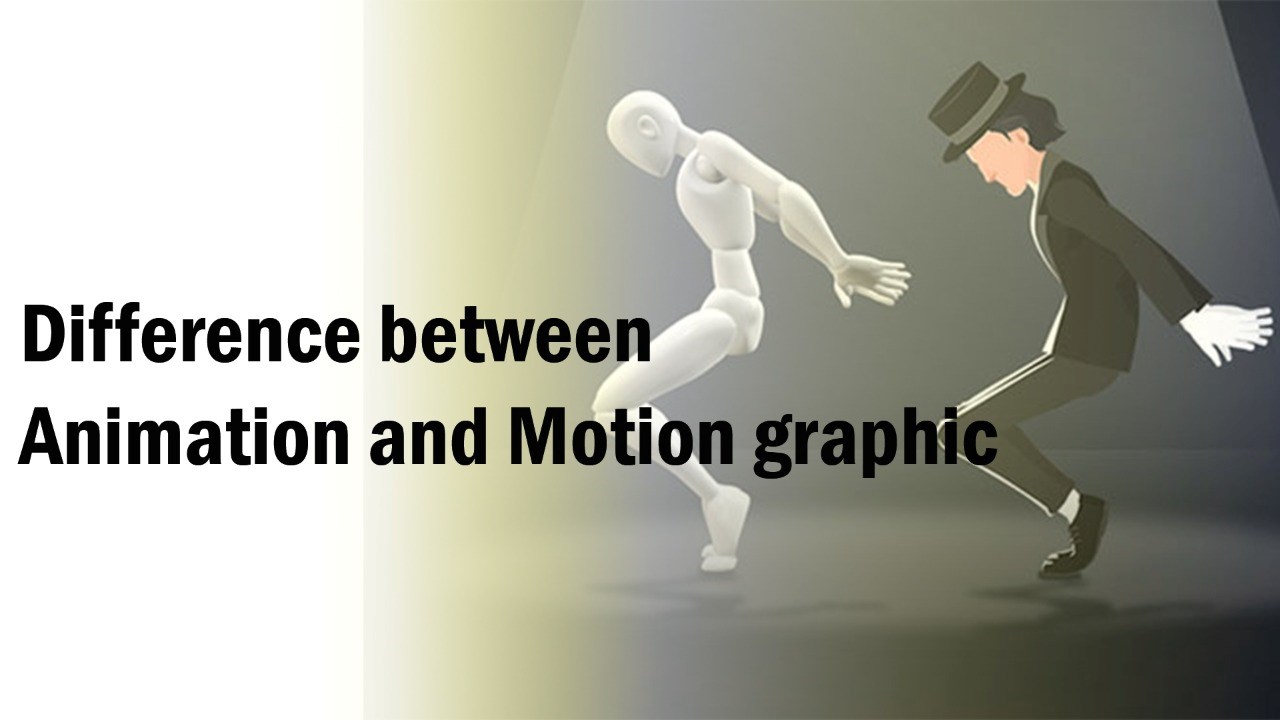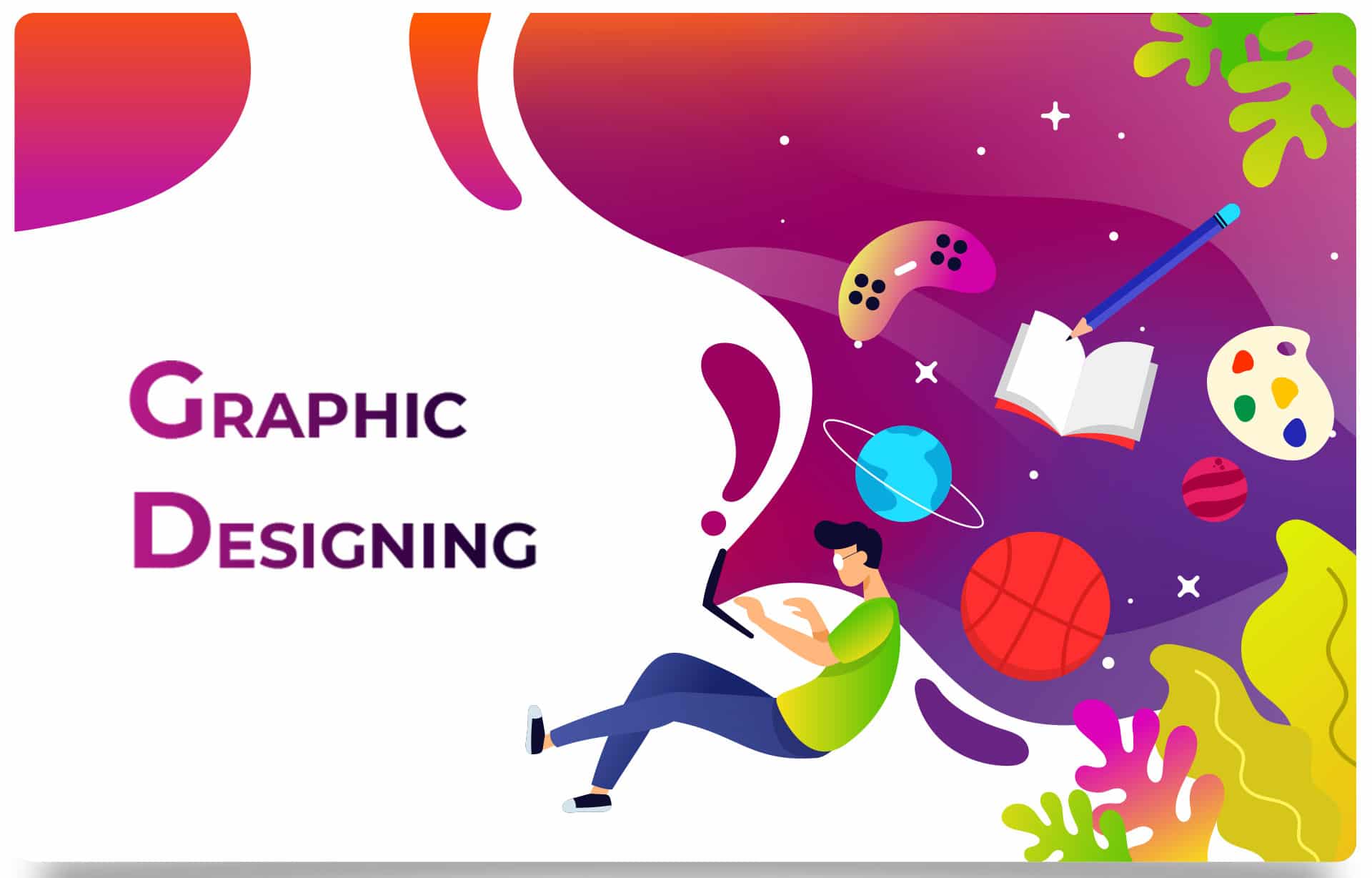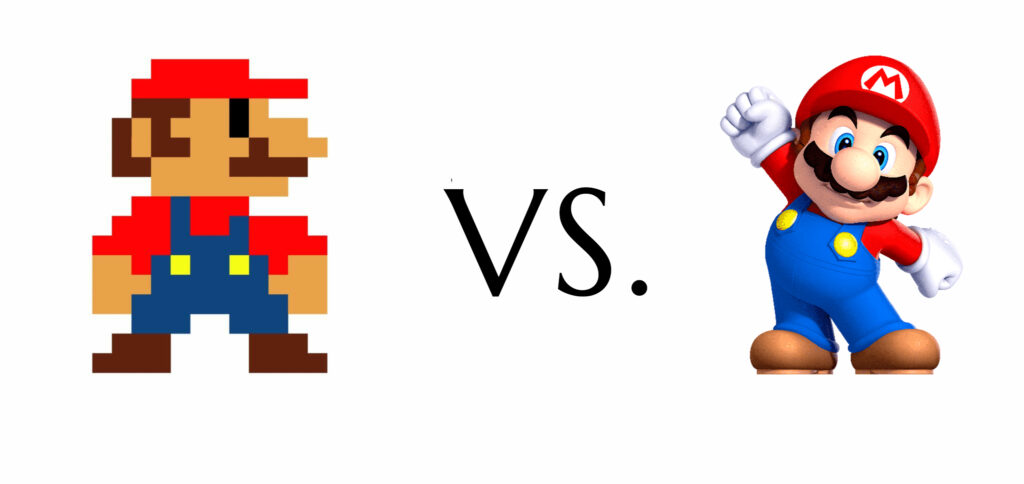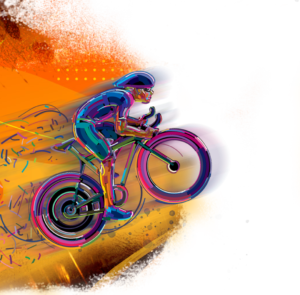Motion Graphics vs Animation
Motion Graphics vs Animation: What is the Difference?: If you want to get into producing animated videos for your business, you’ve probably wondered: Motion graphics vs animation: How are they different? Both are crucial elements in any business video strategy, whether they’re static or dynamic, conveying stories or messages.

They use brand colours or invent a new one or two, and each of them brings value to the videos in a unique manner. In this blog “Motion Graphics vs Animation: What is the Difference?”, we will learn about the differences between motion graphics and animation, illustrated with examples and much more details.
What is Graphic Design?

Graphic design deals with the communication of information via graphic items like posters, information graphics, and printed media. This is done to come up with still graphics which mainly comprise colour, composition, and typeface. They are less time-consuming and cheaper as compared to animations and are usable in the majority of aspects of industries.
What are motion graphics and their styles?

The terms are closely related – motion graphics is a blend of animation and graphic design where text and icons move. Popular in such resources as TED Talks, PowerPoint presentations, and website tutorials, motion graphics are actively used in marketing, application development, and education due to their effectiveness in information presentation.
- 2D Animation
- 3D Animation
- Stop Motion
- Cutout Animation
- Claymation
What is animation and its Types?

Animation is a technique in which different objects are presented in still but are displayed in rapid succession to move as if they are alive such as in children’s cartoon films.This field is vast and comprises methods used in 2D and 3D, especially in movies, gaming, and graphical user interface production. Purveyors of animations are talented persons who can easily transition to any market in the global marketplace.
- Infographics
- Typography Animation
- Logo Animation
- Kinetic Typography
- Explainer Videos
Use of Motion Graphics vs Animation
Let’s understand when to use motion graphics vs animation highlighting their distinct roles in visual communication and storytelling, customised to different needs and objectives.
| Motion Graphics | Animation |
| Moving objects | Moving characters, sometimes called “puppets” |
| Moving elements of a background | Shifting light |
| Moving shapes | Varied camera angles |
| Moving colours | Moving shapes, colours, and objects |
| Moving elements of a background |
Software Used in Motion Graphics and Animation
Motion graphics: These graphics are drawn by artists from the ground up with the use of graphics software. In the industry, motion graphics artists are often called animators or motion designers. They are proficient in various motion graphics software, including:
- Adobe Premiere
- Adobe Photoshop
- Adobe After Effects
- Cinema 4D
Animation: Animation: Some kinds of animation including realistic 3D animation or detailed custom animated designs, generally require a larger amount of money and a longer time to be produced than motion graphics. Here are the tools that animators can use:
- Maya
- Blender
- Toon Boom
- Adobe Animate
Difference between Motion Graphics and Animation

Here we have discussed the difference between the role of motion graphics and animation showing how each uniquely enhances visual communication and storytelling.
| Motion Graphics | Animation |
| Make information easy to pass on for a clearer understanding. | Animation has a strong narrative ability and can create realistic atmospheres. |
| Engage and maintain audience attention. | Promotes the freedom to explore and innovate in the teaching, learning and entertaining process. |
| Ideally for use on social networks, websites, and ads. | Crucial in designing appealing cinema, shows and video games. |
| More affordable and relatively easier and faster to manufacture. | Supplements marketing promotions with eye-catching illustrations that are simple to remember. |
| Appropriate for different fields and goals. | Examples: Movies and TV Shows, Video Games, Short Films, Educational Content, etc. |
| Promote brand identity with visually appealing designs. | |
| Examples: Animated page titles, Dynamic logos, UI animation, GIFs, Explainer, music, graphic design videos, Animated icons, Online video transitions, etc. |
Similarities between Motion Graphics and Animation

Despite having some differences, motion graphics and animation are closely related in their techniques, processes of making them, and the purpose of reaching out to the viewers. Here are the key similarities between motion graphics and animation:
- Creation Process: The topics include conceptualization, storyboarding, designing, animation and editing of movement and are akin to designing, planning and executing the movement.
- Visual Medium: They are both forms of media that rely on graphics and the use of moving images to pass information, pass on a message or narrate events.
- Digital Tools and Software: Both of these cartoons use similar animation software, and common aids such as Adobe After Effects, Cinema 4D, Maya, or others but in different ways.
- Keyframe Animation: Both depend on animation concepts such as keyframing, timing and easing to achieve the motion effects and transition.
- Engagement: Both are focused on creating content that would simultaneously attract and message the target audience.
How to Make Animation?

Creating animations involves several key steps that bring static images to life which include:
- The first step is to sketch the scenes and the major actions of the participants in your animation sequence. This helps to have a general sketch of how the project is going to look in terms of the flow and pace of the story.
- Design all graphics, characters, backgrounds, and other props that are required in the animation area according to the style and vibe of the animation.
- Some objects should be animated, this can be done in Adobe Animate or blender; either draw the object in each frame or set certain frames at which the object will be moved.
- Mask the primary sounds by adding background music/SFX and narrating to give the motion picture depth and emotion.
- It is crucial to adjust timing, transitions, and effects because the events should run smoothly and look rather professional.
- Make the animation sequential into a video format, in which a short animated series can be seen and shared.
- Get other people’s reactions to your animation to enhance the show and/or its message.
- Finally, create and upload the final animation that will meet all the technical and creative considerations of animation.
What is the Design Process For Motion Graphics?

Motion graphics design is all about adding animation where it is needed to pass on information or narrate a story. Here’s how it works:
- Read the context and therefore know the intended message of the author as well as the audience. Determine the objectives of what the animation should do.
- At this stage, sketch the scenes to see how they are connected. This serves as a single scene of your animation like a comic strip.
- If necessary draw the textual elements, icons as well as background. Ensure that they are in the right style you wish to have.
- Any objects in software such as Adobe animate or Blender to come alive; either sketch frame by frame or set keyframes for movement to happen.
- Wear background music/SFX and talk to give your motion picture depth and emotions.
- Finally, combine all elements in the order they were planned, although you may need to change the timing or transition or effects because something does not look clear and well organized.
- Present it to people for ideas on how to enhance it.
- Edit it, if necessary and finalize it before sending or posting it.
- Export the animation and save it in a video format to use it where necessary.
Conclusion
The role of animation and motion graphics is high in the process of visual narration. Understanding their differences and respective strengths will assist in identifying the most appropriate course of action for your project. If you have to provide accessible data, establish numerous brand associations, or construct persuasive narrative arcs, both come with versatile, potent means to do so.


